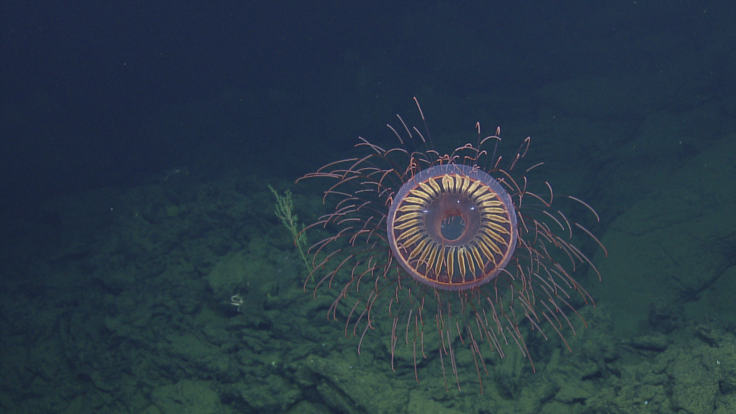Massive blooms of jellyfish swarm Israel coast, experts blame climate change
Jellyfish population has been increasing since the 1950s, per a study.
Swarms of jellyfish have inundated Israel's Mediterranean coast forcing bathers to stay as far away from the beaches as possible.
The slimy stinging creatures cost Israel millions of dollars in lost tourism every year and also threaten to clog its desalination plants and industrial fishing nets.
The experts have blamed climate change and water pollution for their huge numbers. The waste water and sewage discharge into the water affects jellyfish predators such as sunfish and sea turtles.
Overfishing is another factor which is allowing their population to increase. Less fish in the sea implies there is less competition for food. Warmer temperatures also allow their population to increase.
"The water gets hotter and hotter and we can see more and more jellyfish. They cause real damage here. You can definitely say that global warming contributes to these massive swarm," Guy Lavian from the Israel Nature and Parks Authority (INPA) told Reuters.
The Israeli marine units spotted a huge swarm of the slimy, stinging creatures off the Haifa coast this week. According to INPA, these gelatinous creatures reach Israeli waters waters from the Indian Ocean via the Suez Canal.
A report in The Independent stated that the jellyfish population has been increasing since the 1950s as they find it easier to thrive in warmer waters with less oxygen.
According to the National Oceanic and Atmospheric Administration, average ocean surface temperatures has increased by 1.6 degrees Fahrenheit (0.9 degrees Celsius) in the last 10 years.
Warmer waters hurt many marine creatures, but not jellyfish. In fact, higher temperatures lead jelly embryos and larvae to develop more quickly. The dwindling population of marine predators like sea turtles and fish like tuna have also aided in their population growth.
A 2012 study by the University of British Columbia had said that their population seems to be increasing in the majority of the world's coastal ecosystems and seas. Jellyfish populations are expected to further rise due to increasing sea temperatures from global warming.























